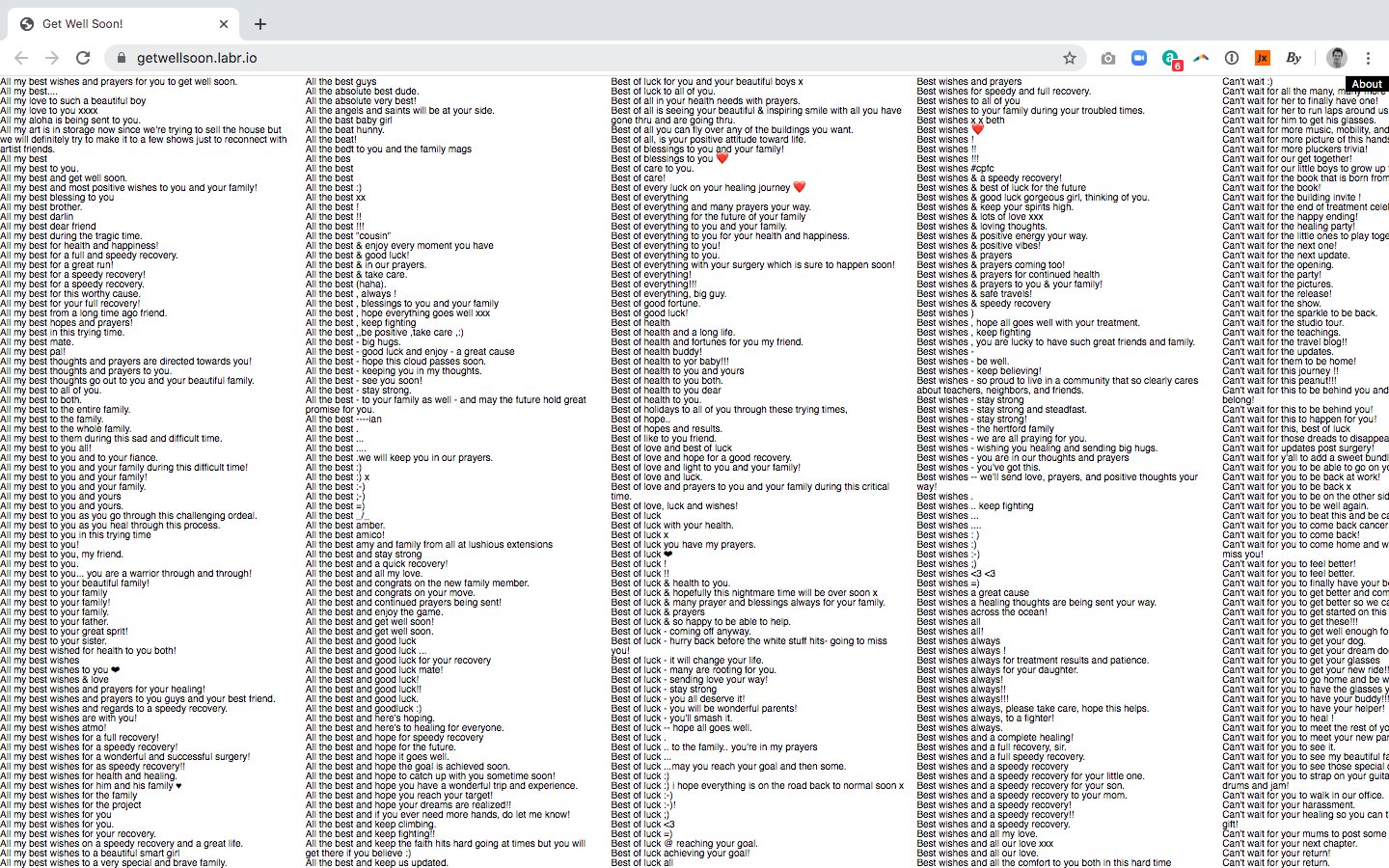SOBBING NEAR THE DRY GOODS, I ASK MYSELF, "AM I EVEN KOREAN ANYMORE IF THERE'S NO ONE LEFT IN MY LIFE TO CALL AND ASK WHICH BRAND OF SEAWEED WE USED TO BUY?"
In the first chapter of Crying in H Mart, we find Michelle Zauner mourning her mother, Chongmi, amid the aisles of H Mart brimming with banchan and rice cakes. Her grief is both summoned and solaced by the aromatics of Korean cuisine that emanate from either side- on one hand, soothed by the familiar pungency of fermented black beans, and on the other, inflamed upon remembering there’s no one left to consult on “which brand of seaweed we used to buy”. Among humdrum shoppers, we witness a poignant moment that cuts deep into the diaspora, capturing the predicament of accessing one’s estranged cultural roots when the only lifeline has been severed.
Crying in H Mart sees Zauner, who is best known for her musical venture Japanese Breakfast, trading in her synths and keys for equally atmospheric prose in a memoir. Emotionally processed yet tender, Zauner dishes into the joys and pains of food through the fertile narrative terrain of grief. Born to a Caucasian father and a Korean umma, Zauner recalls her childhood as a biracial girl living between two worlds- too Asian for the rugged outskirts of Eugene, Oregon, and too white for the cohesive cityscape of Seoul. Without resorting to easy pathos, she relays the ruptures and reconciliations of these cultural plate tectonics; in Double Eyelid, she recalls earning the praise of “aigo yep-peu”- with its twofold meaning of “pretty” and “well-behaved”- for the double eyelid and pale skin she’d inherited from her father. It would be the same reward she’d reap from well-meaning aunts at dinner for dutifully sweeping her plate clean. The aversion she’d eventually develop toward this conflation of moral and aesthetic value mounts tactfully- episodic anecdotes of clashes with her beauty-obsessed mother creep up to a crescendo, a rupturing whose seeds run deep in their cultural differences. Throughout the memoir, we witness how the stability of her Korean heritage was offset by “a complicated desire for whiteness,” a potent force all-too-familiar to those of us born in the diaspora.
For Zauner and fellow halfies alike, food becomes the love language to be harnessed in resistance to this partial death of cultural identity, hand-in-hand with the death of a loved one. Eschewing heavy-handed facts as well as palliative fictions, the memoir quilts together a candid patchwork of Zauner’s fraught relationship with Chongmi: the joys of a shared penchant for late-night refrigerator scavenging; the severity of their eventual estrangement; the unutterable of cancer, dying and death. She is unsparing and meticulous in her depictions of the indignities involved in Chongmi’s succumbing to cancer. Her final breaths, she writes, bear semblance to “a horrible sucking like the last sputtering of a coffee pot”. Her inability to stomach the more pungent of foods they once gorged on together, “managing only a few bites”. The latter is particularly painful as Zauner, in an attempt to buoy their bonds, begins to decode the once cryptic measurements of umma’s dishes, serving up hearty tteokguk and well-established sick meal, gyeranjjim, only for it all to be “vomited later that night” in a tragically ironic turn of events.
The maturity of Crying in H Mart emerges from a liminal interstice, interweaving two worlds to offer up a Konglish subjectivity that testifies to a childhood in which a mix of English and Korean was ricocheted between family members. Korean words aren’t italicized, and footnotes aren’t offered for every morsel of food. And to insist that this is harnessed as a consciously subversive act to turn cultural hegemony on its head would be to sell short the day-to-day minutiae of diasporic life. Zauner resists privileging one culture over the other, her bilingual introspections glimmering with a dynamic wholeness that is being forged through and in spite of her cultural schizophrenia.
A viscerally immersive read, Crying in H Mart spurs within us all, in the eye of the storm, a self-reflection that transcends geographic and cultural boundaries. We are urged to cede the comfortable excuses and evasions of ego, to locate solace among the wreckage of a familial fracturing, and to do so with grace, vastness and resilience. Reading the memoir against a backdrop of rising Anti-Asian sentiment, however, we are again shaken by the seismic force of a collective grief whose five stages take on a cyclical formation, where anger becomes overlaid with depression before we ever get the chance to deny. What Zauner reminds us is that even in this absence of touch, unable to hold one another and grieve, we will be found alone together, one arm full of groceries, hungering for a morsel of the homeland.
Crying in H Mart by Michelle Zauner is out on August 5th 2021 in the UK through Picador.




